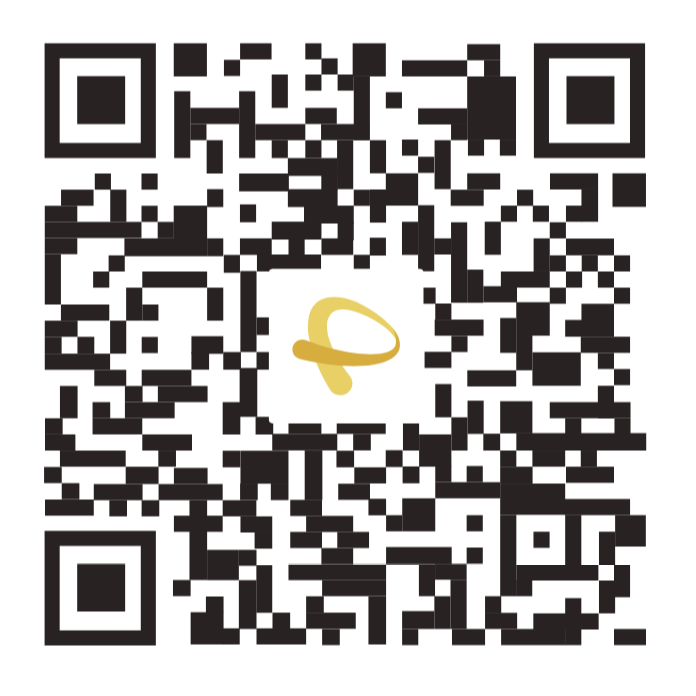How do you accept money on PayPal?
Global Payment
Accepting money on PayPal is a straightforward process that opens up a world of possibilities for businesses and individuals alike. Whether you are receiving payments for goods and services or transferring funds between friends and family, understanding how to accept money on PayPal is essential for maximizing your online financial transactions.
Creating a PayPal Account to Accept Money
The first step in learning how do you accept money on PayPal is to create a PayPal account. Signing up is simple and free. You can choose between a personal or business account based on your needs. A personal account is great for everyday transactions, while a business account provides additional tools for invoicing, reporting, and integration with e-commerce platforms.
Linking Your Bank Account or Card for Withdrawals
To ensure you can withdraw funds received via PayPal, it’s important to link your bank account or a debit/credit card to your PayPal account. This not only allows for seamless transfers but also adds an extra layer of security and trust to your transactions. Many users often ask, “how do you accept money on PayPal” when setting up these essential connections.
Accepting Payments via PayPal Invoices
For businesses and freelancers, sending invoices through PayPal is a reliable method for receiving payments. The invoice system is user-friendly and customizable, enabling you to clearly list services or products and track payments in real time. This approach simplifies the process of managing accounts receivable and ensures timely payments.
Using PayPal Buttons for Easy Transactions
Embedding PayPal buttons on your website is a great way to streamline the payment process. These buttons allow customers to quickly pay for products or services without leaving your site, thus improving the user experience. This is one of the most popular methods for those looking to learn how do you accept money on PayPal on their e-commerce platforms.
Setting Up a PayPal Business Account
For those who run online businesses, setting up a PayPal Business account is key. This account type offers advanced features such as detailed reporting, customer support tailored for business needs, and seamless integration with various sales platforms. A business account is designed to help you scale your operations while ensuring that your payment processes are efficient and secure.
Understanding PayPal Payment Requests
PayPal Payment Requests allow you to ask for funds directly from customers. This feature is particularly useful when you need to collect payments without sending an invoice. By using payment requests, you can streamline your cash flow and ensure that funds are received promptly, further enhancing your ability to manage how you accept money on PayPal.
Receiving Money from Friends and Family
Apart from business transactions, PayPal also facilitates personal transfers between friends and family. These transactions are often fee-free (depending on the country and currency), making them an excellent choice for splitting bills or sending money for personal reasons. It’s a simple way to understand how do you accept money on PayPal for everyday use.
Integrating PayPal with E-commerce Platforms
Seamless integration with e-commerce platforms such as Shopify, WooCommerce, and Magento allows you to embed PayPal directly into your online store. This integration not only enhances the customer checkout experience but also ensures that your business can efficiently manage and track transactions. Learning how to accept money on PayPal through such integrations can boost your online sales significantly.
Managing Currency Conversions on PayPal
When dealing with international transactions, managing currency conversions is essential. PayPal offers tools to handle multi-currency transactions, allowing you to receive funds in one currency and withdraw them in another. Understanding these conversion processes is critical for anyone asking how do you accept money on PayPal in a global market.
PhotonPay: Now Supporting Payments to PayPal Wallet
In addition to traditional methods, innovative payment solutions are constantly emerging. PhotonPay has recently announced support for sending payments directly to PayPal wallets. This new feature simplifies the process, enabling seamless transactions with PayPal. Founded in 2015, PhotonPay is a digital financial infrastructure provider offering global payment solutions to businesses. Our innovative core products include Global Accounts, Card Issuing, Online Payments, Payouts, FX Management and Embedded Finance. PhotonPay has become a Mastercard issuer in Hong Kong and the fintech card issuer in the Greater China region of Discover® Global Network.
With a strong compliance culture and technological innovation capabilities, PhotonPay is building a digital payment network to take the friction out of global payments and enhance operational efficiency for businesses operating on a global scale.
Headquartered in Hong Kong and providing localized services through nine international offices, PhotonPay partners with a network of top-tier banks and global financial institutions and serves more than 200,000 customers globally.
Latest Announcements
Back to the blog homepage

Mastering Transfer Pricing Audits: A Comprehensive Guide for Multinational Enterprises
Discover how multinational enterprises can navigate transfer pricing audits with confidence. Learn key strategies, a practical audit checklist, and how to ensure global tax compliance.
PhotonPay
2025-08-01 09:36:13 ·
6minute(s)

How to Pay Someone with PayPal: A Complete Guide to Efficient Transactions
Learn how to pay someone with PayPal, with step-by-step instructions, fee insights, and tips for paying without an account. Explore PhotonPay for efficient global PayPal payouts.
PhotonPay
2025-08-01 08:53:55 ·
5minute(s)

Optimizing Merchant Credit Card Processing for Global Business Success
Discover how merchant credit card processing works, its fees, benefits, and how businesses can optimize payment systems globally. Learn how PhotonPay simplifies secure, scalable global payments.
PhotonPay
2025-08-01 08:18:53 ·
5minute(s)


